Can Iran Withstand Trump’s Imminent Onslaught of Sanctions?
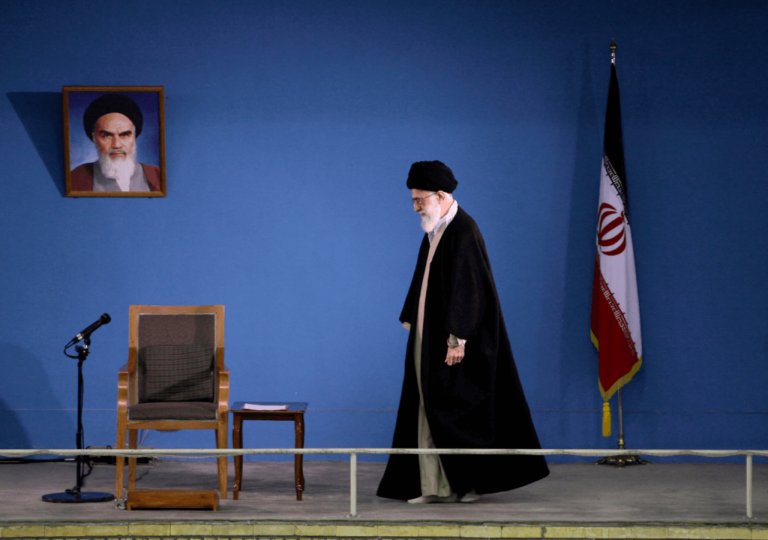
As Donald Trump prepares to unleash a new wave of sanctions, Iran faces mounting economic and political pressure. Can the country withstand the impact?

As Donald Trump prepares to unleash a new wave of sanctions, Iran faces mounting economic and political pressure. Can the country withstand the impact?
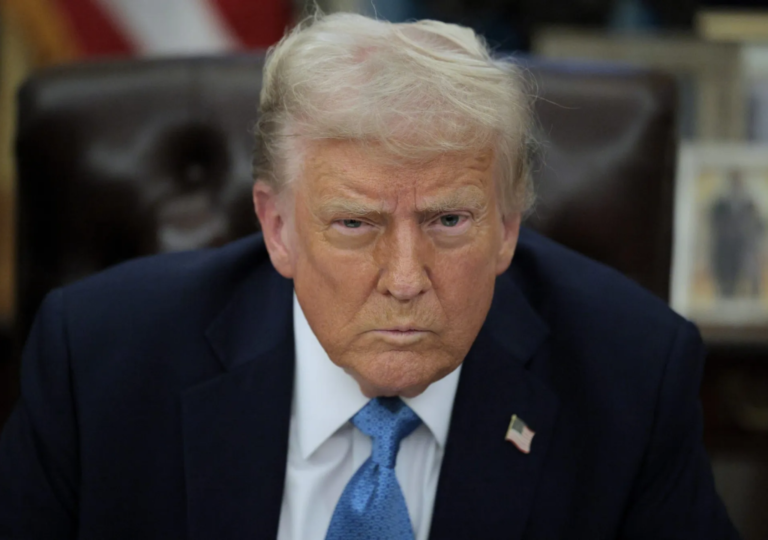
As Trump eyes tougher trade policies, can India navigate the looming tariff threats and safeguard its economic interests?
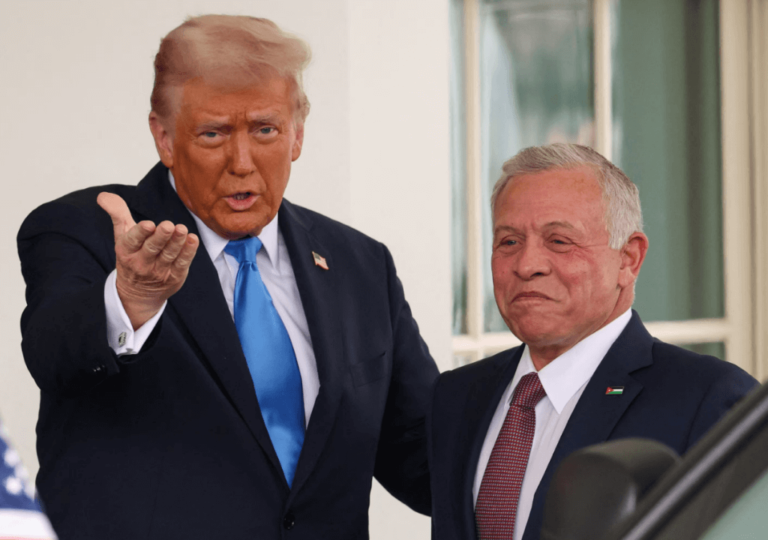
Is Jordan being pressured to accept Gazan refugees under Trump’s plan? As tensions rise, Trump's vision for the region sparks a new crisis for the kingdom.
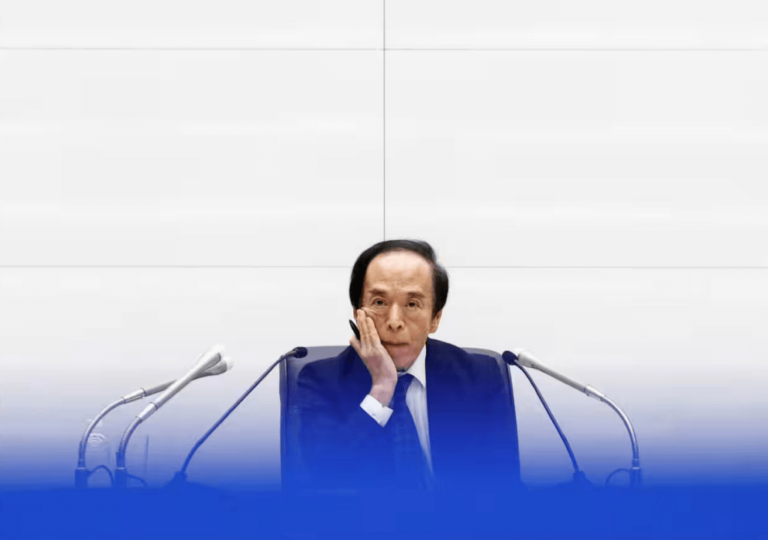
In his second term, Trump continues to clash with allies, undermining longstanding partnerships, all while the global political landscape grows ever more volatile. Against this backdrop, Japan’s Prime Minister, Shigeru Ishiba, visited Washington last week, seeking to reaffirm the U.S.-Japan…

Donald Trump announces plans to take control of Gaza from Israel, aiming to clear out the current population and launch a high-value real estate project

As U.S.-China trade tensions escalate, Singapore faces economic vulnerabilities despite avoiding direct tariffs
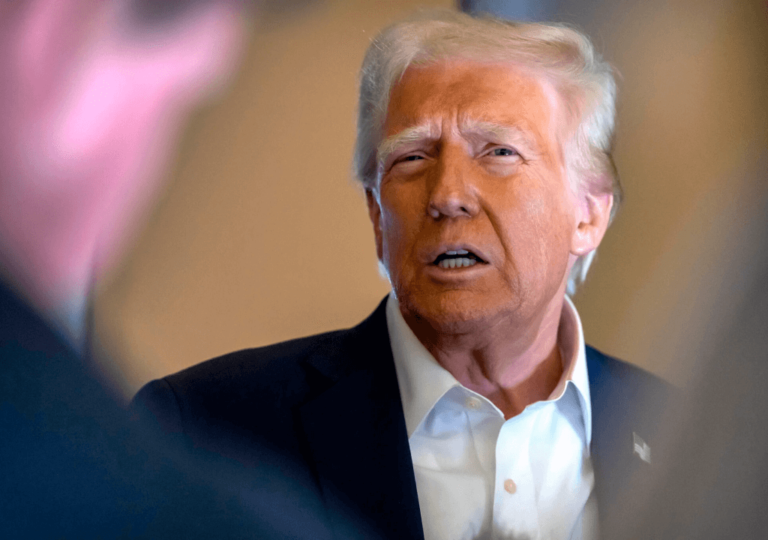
Is Trump’s call for Gazans to “Leave for a Better Life” a strategic policy or mere rhetoric?

Speculation abounds on whether Trump’s interest in territorial expansion extends beyond Greenland, with whispers suggesting the Philippines could be a potential target

Israel and Hamas have agreed to a ceasefire, effective Sunday, to exchange hostages and pause the conflict in Gaza
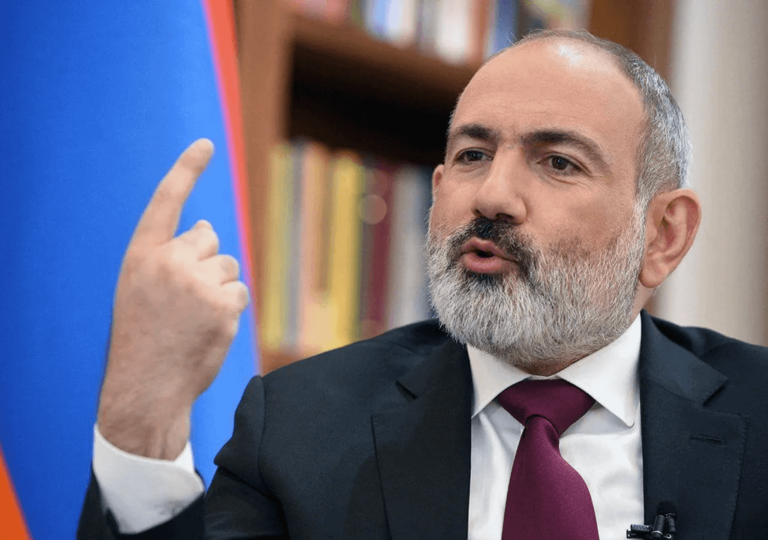
Armenia is shifting its geopolitical focus westward, strengthening ties with the U.S. and EU amid tensions with Russia